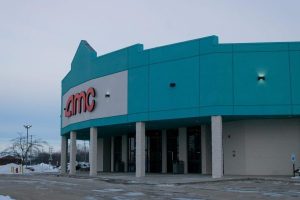‘Environmentally-safe,’ ‘Styrofoam’ misused
November 1, 2005
Your article “NIU Dining uses styrene containers” used misleading terminology, so I felt compelled to write and offer a few corrections.
The terms “Styrofoam” and “styrene” were used incorrectly. The article suggested that they are separate materials; they are not.
“Styrofoam” is the name of Dow Chemical Company’s polystyrene foam insulation board.
Technically, there is no such thing as a “Styrofoam” or “styrofoam” cup. The correct name is “polystyrene,” a type of plastic that can be easily “foamed” through several manufacturing processes using a blowing agent.
When people speak of a “Styrofoam” cup, they really mean a polystyrene foam cup.
Polystyrene is made from styrene, a clear, colorless liquid that is a component of materials used to make thousands of everyday products for home, school, work and play.
Probably the most recognizable material is polystyrene. Styrene also occurs in the environment and is found in many common foods, such as coffee, strawberries and cinnamon.
As for terms such as “environmentally-friendly” and “environmentally-safe,” I caution readers about the use of these phrases. They are empty of content.
What is friendly or safe for one person may not be friendly or safe in someone else’s opinion.
In fact, the Federal Trade Commission considers these terms to be deceptive environmental marketing claims when companies use them to sell their products.
Consumers want to make sound environmental choices, but it is important not to be confused by hollow, meaningless terms.
Space limitations preclude a full discussion of these issues, but I invite interested readers to visit the Dart website at www.dart.biz to learn more about polystyrene and styrene.
In addition, the Polystyrene Packaging Council (PSPC), an industry trade association, provides a great deal of information on its Web site. You can find PSPC at: www.polystyrene.org.
J. Michael Martinez, Ph.D.
Monroe, Georgia






